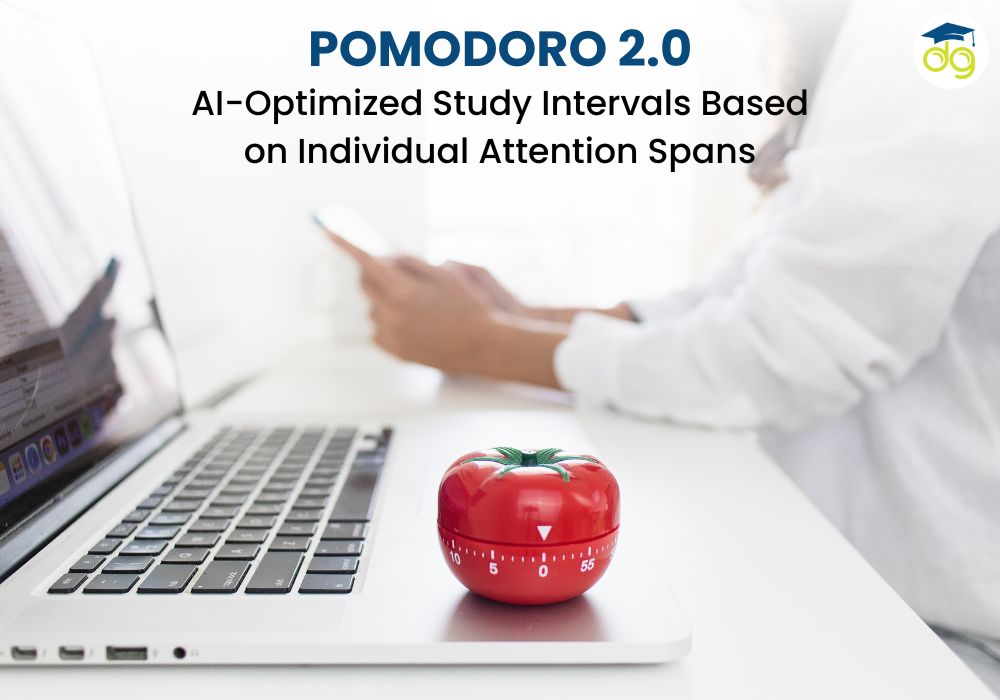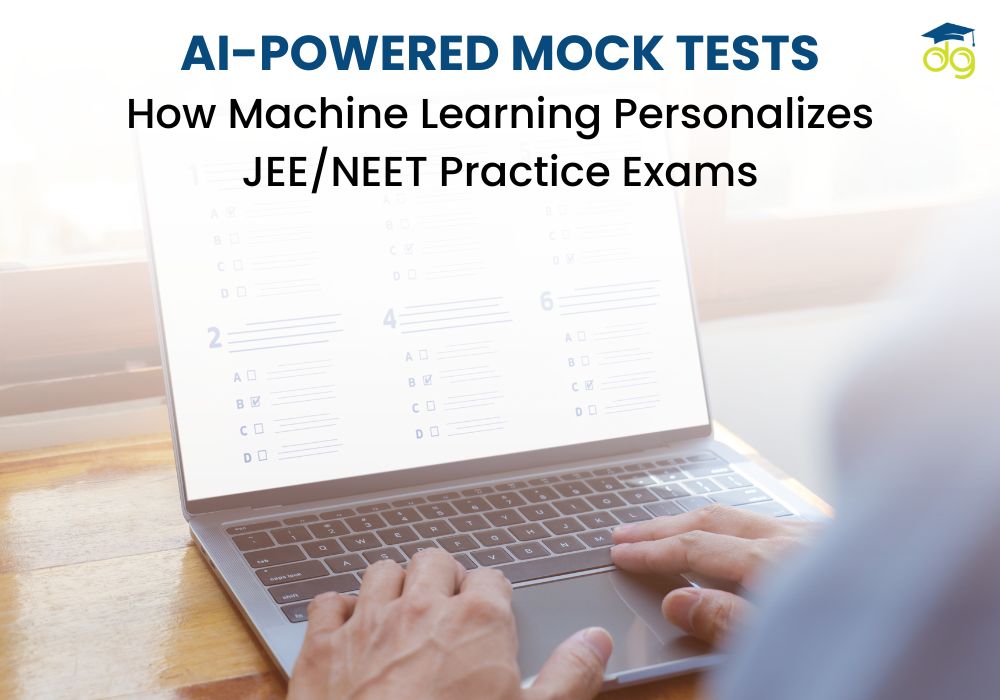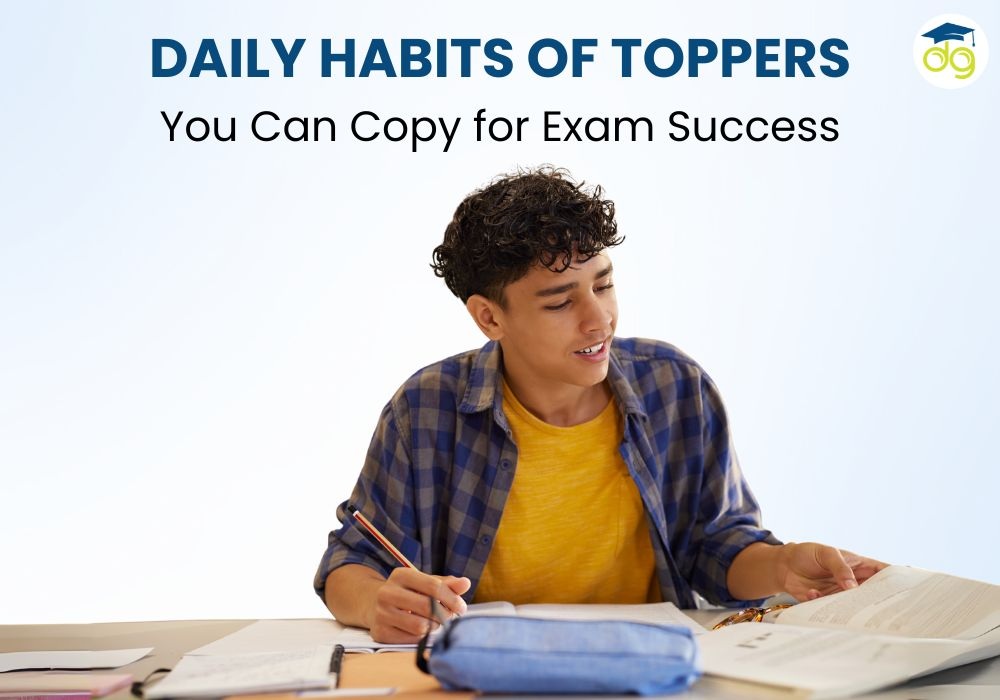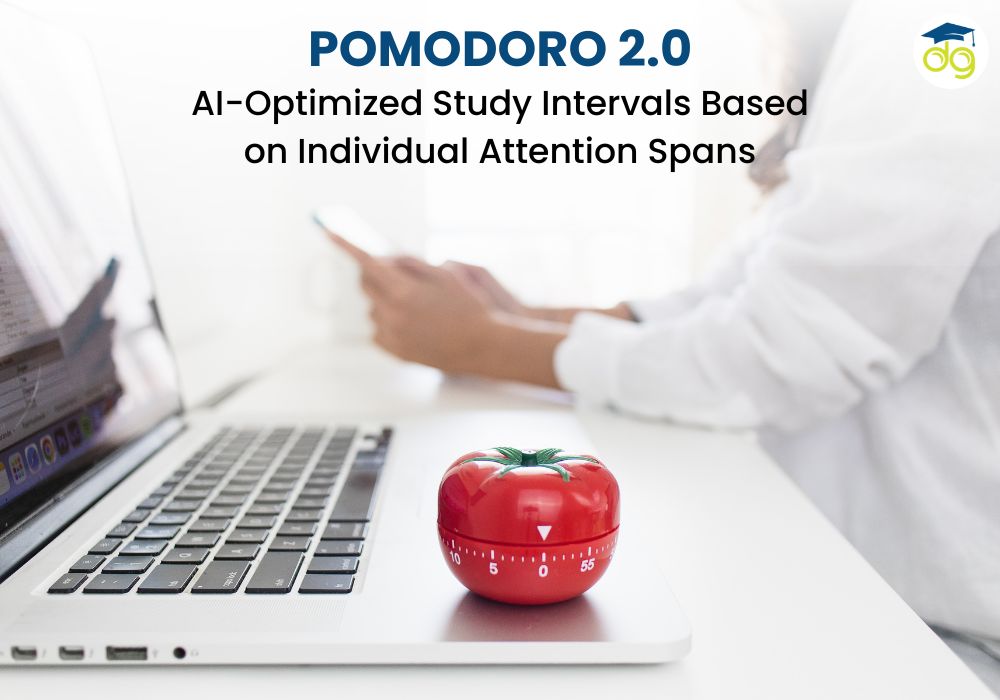Pomodoro 2.0: AI-Optimized Study Intervals for Better Focus
How AI Personalizes Study Time Based on Individual Attention Spans
Everyone has experienced the tension of sitting to work and noticing that the mind wanders in a matter of minutes. The concentration wane, distractions increase as time goes by without notice. Traditional study hacks aren't effective because they don’t account for one crucial fact - everyone’s attention span is different..
It's where the Pomodoro Technique is often referred to"the "Tomato Technique for productivity," has for a long time been popular among students. It encourages short, focused bursts of study followed by brief breaks. However, in a era defined as artificial Intelligence (AI), this age-old method is undergoing a powerful changes.
Welcoming you to Pomodoro 2.0, an AI-optimized system that tailors study times according to each student's concentration capacity. The latest version of this program blends neuroscience, combine data, and smart algorithms to assist students study smarter -- not harder.
This blog will explore how AI has revolutionized student time management through the adaptation of the traditional Pomodoro Technique to individual attention durations. It will also reveals how to design an effective study routine, enhance study planning and improve productivity by adaptive techniques for study backed by AI.
The Evolution of the Pomodoro Technique
The Pomodoro Technique was invented by Francesco Cirillo in the late 1980s. The inspiration came from a tomato-shaped kitchen timer. Cirillo realized that breaking down work into shorter, pre-planned intervals would dramatically improve the focus of his employees and cut down on the amount of time spent on work.
The procedure was easy:
- You will work for 25 minutes (one Pomodoro)
- Take a five-minute break
- After four Pomodoros, take a longer break of 15 and 30 minutes
The structure helped people control their time effectively combating fatigue and ensure that they are motivated. The structure quickly became a standard within productivity circles, especially to aid in focused study and time management methodologies.
But the initial Pomodoro Technique assumes that all people have the same amount of attention. However, an individual who can concentrate on their work for 15 minutes could be overwhelmed by the time it reaches 25 minutes, and another may only begin to achieve peak performance within 30 minutes.
This is where AI integration is a key element to create a flexible and data-driven version, known as Pomodoro 2.0, which adapts to every student's individual pattern of learning.
Understanding the Science of Attention Span
Attention span refers to the ability to concentrate on a given task without interruption. The research shows that the average human's attention span varies in accordance with fatigue, enthusiasm, and mental stimulation.
Students, these variations can determine the efficiency of the study. The same study schedule will not fit everyone, particularly during the preparation for exams or switching between subjects that are complex subjects.
AI's strengths lie in its ability to recognize patterns. By analyzing data like eye movements, keystrokes and typing speed or even facial expressions (in AI study tools), they can determine the amount of time that a student stays completely concentrated.
This knowledge is the basis for Pomodoro 2.0 -- a clever, responsive study methods that tracks attention levels and adapts its intervals at a real-time pace.
Through analyzing the micro-patterns of behavior, AI helps determine when the brain's energy levels begin to decrease and provides optimal break points that result in smart studying methods using that AI, which keep focus high and burnout low.
What is the Pomodoro Technique 2.0?
Pomodoro 2.0 is an evolution of the classic Pomodoro Technique -- infused with artificial intelligence and real-time analytics.
Instead of rigid 25-minute sessions, AI is a more flexible version to adjust the duration of study intervals and breaks based on the student's attention performance.
The essence is that Pomodoro 2.0 customizes the rhythm of learning.
How It Works:
- Input Goals for Study: Students define their objectives or subject matter.
- Track Performance: AI tools monitor engagement by behavior patterns.
- Examine Attention Data: It detects when the focus falls or increases.
- Adjust Intervals: The duration of rest and study can be adjusted automatically.
- Provide feedback: Weekly insights help enhance the study routine.
This is what makes the Pomodoro 2.0 not just a timer but rather a personal focus assistant that knows how a child's brain operates most efficiently.
This technique is a blend of both technology and psychology and technology, providing time management for students, which evolves with the students as they grow. It is a great option for those who are looking for the best study routine, and more efficient study planning and better concentration.
How AI Optimizes Study Intervals
How exactly can AI improve study time? The process involves a mix of data science, machine learning, and neuroscience-inspired feedback loops.
Step 1: Data Collection
AI instruments collect real-time behavior information while students are studying for exams. This includes typing, mouse movement, and screen activities, or even facial expressions on microchips (if cameras are enabled).
Step 2: Pattern Recognition
Utilizing this information, AI identifies patterns of interaction and disengagement. In the case of a rapid drop in typing speed or eye movement could be a sign of fatigue.
Step 3: Customization of Intervals
Based on the observations made, AI automatically adjusts the time of the following session. Instead of the traditional 25-minute block, it could suggest:
- 22 mins of intense focus for learners who have a short attention span and
- 32 mins is for people who are able to maintain a longer period of concentration.
Step 4: Adaptive Breaks
The breaks can also be customized. Students may require just a short pause of 3 minutes for a break, while some students do best with a seven-minute mental reset.
Step 5: Continuous Learning
AI models continue to improve their understanding of students' patterns of focus. With time, they are more precise when the prediction of when concentration levels rise or falls.
Benefits of AI-Driven Study Planning
An AI-enhanced study planning by the Pomodoro 2.0 offers numerous advantages:
1. Personalized Focus Cycles
Every student is provided with an interval pattern that is suited to their brain's natural rhythmmaximising energy and focus.
2. Reduced Burnout
The custom breaks will ensure that the mental strain is reduced, increasing the overall level of retention and understanding.
3. Data-Driven Productivity
Students are able to access comprehensive analytics about their attention duration and distraction triggers and the patterns of their efficiency.
4. Enhanced Motivation
In-real-time feedback can help keep you accountable as well as tracking progress, creating a sense of sameness.
5. Improved Academic Performance
Utilizing time management methods for exam preparation, students can optimize the time they spend learning and revise successfully.
AI's integration turns study sessions into smart learning cycles that increase the efficiency of learning and self-awareness. This is a change from working hard to being more efficient.
How to Create a Smart Study Routine Using AI
Making a customized study routine using AI does not require any advanced technological abilities. It's all about combining discipline and digital intelligence.
Step-by-Step Guide
1. Select the right tool
Choose an AI-powered study or productivity application that can support adaptive timing. These are applications that adhere to the Pomodoro method for better learning.
Step 2. Define goals
Begin by putting in subject matter, study times, and exam dates in order to assist AI to understand your timetable.
Step 3. Start the first cycle.
Following the recommended study time of AI. Do not multitask -- concentrate only on one thing.
Step 4: Review feedback
After the conclusion of the week or day, look over the reports. The system could reveal patterns such as:
- Most focused time of the day
- Average productive minutes per session
- The triggers for distraction
Step 5: Refine and develop
In light of the findings, make adjustments to your study planning. For example, move your study time to the most focused time.
Step 6: Mix With Proven Methods of Study
To maximize learning, mix AI-powered Pomodoro with:
- Active Recall (retrieving data from memory)
- Spatial repetition (reviewing in the course of time)
- Chunking (dividing data into manageable pieces)
These techniques enhance cognitive retention, ensuring smarter learning outcomes.
Tips to Study Effectively using Pomodoro 2.0
- Be careful not to use your smartphone or other social media devices during your sessions.
- Create a clutter-free study zone.
- Make short physical breaks - hydration or stretching - during rest periods.
- Increase the duration of sessions gradually when attention increases.
- End each session with an easy recap to solidify memory.
These small changes can help create an enlightened work routine for student, ensures steady progress without burnout.
Traditional vs AI-Based Pomodoro: A Comparison
Aspect | Traditional Pomodoro | AI-Based Pomodoro (2.0) |
| Interval Duration | For a fixed time of 25 minutes | Personalized, data-driven |
| Break Time | 5 minutes | Adaptive, fatigue-based |
| Focus Measurement | Self-reported | AI-monitored |
| Feedback | Manual | Analytics in real-time |
| Motivation Tracking | Minimal | Smart goal-tracking |
| Best For | Disciplined and self-motivated learners | Personalization-oriented learners who are dynamic |
This table clearly demonstrates the way in which the AI version offers flexibility and customization, allowing the experience of studying that is customized, not mechanical.
Real-World Applications and Tools
The use of AI in the Pomodoro Technique is evident in the modern world of learning and productivity platforms.
Numerous AI-based study programs integrate gaming, attention tracking and smart scheduling capabilities. These programs analyze the behavior of users to suggest the best study time to help students stay focused study, regardless of exam prep.
Certain educational institutions are testing artificial intelligence-driven scheduling software that adjusts revising or teaching times according to the level of student attention.
This breakthrough in time management for students will be the norm in education, where technology is paired with human intellect in order to attain balance and effectiveness.
If you are preparing for competitive examinations or juggling multiple subjects, AI-powered Pomodoro methods provide consistency and clarity to the academic world.
Conclusion
The shift from the conventional Pomodoro timing device into Pomodoro 2.0 marks an important change in the way students learn. Through the use of artificial intelligence and established time management methodologies the students can better understand their learning patterns, and focus more effectively.
The AI-enhanced models doesn't just save time - it repects individuality. It realizes that one student's 20-minute run may differ from another's 35-minute flow time.
Through adaptive intervals and insightful feedback and better study planning, Pomodoro 2.0 promises a future in which all students can learn to work in sync with their brain.
Students who wish to be more efficient in their studies and find their individual pace of learning, SkoodosBridge connects students with cutting-edge academic instruments and support.
Find smarter strategies to organize your time, increase your concentration, and organize your study time with precision since success is based on having the proper plan of action.
FAQs
1. What is the Pomodoro Technique 2.0?
Pomodoro 2.0 is an AI-enhanced variant of the original Pomodoro Technique that personalizes study durations to suit your individual attention span.
2. How does AI optimize study intervals?
AI analyzes a student's attention data, notices the moment when attention is dropping and then adjusts time for breaks and study accordingly.
3. Which study methods help increase productivity?
Using Pomodoro 2.0 together with active recall spacing repetition and structured studies improves efficiency as well as retention.
4. How can AI improve time management for students?
AI automates scheduling, detects distractions and provides immediate insights to optimize time management.
5. Can AI-driven Pomodoro methods help in exam preparation?
Yes. An adaptive interval can improve focus as well as long-term memory. This makes them perfect for studying sessions.
Categories
Archives
Similar Posts

Pomodoro 2.0: AI-Optimized Study Intervals for Better Focus
by Skoodos Bridge

Micro-Meditation Techniques for Exam Stress Relief in 3 Minutes
by Skoodos Bridge

AI-Powered Mock Tests Transform NEET & JEE Preparation in 2025
by Skoodos Bridge

How to Build a Career Abroad After Graduation: Step-by-Step Guide 2025
by Skoodos Bridge

Top 10 Student-Friendly Cities Abroad in 2025 for Indian Students
by Skoodos Bridge

Daily Habits of Toppers: Study, Lifestyle, and Exam Strategies
by Skoodos Bridge


Study Abroad Application Timeline: Step-by-Step Guide for Indian Students
by Skoodos Bridge

Why Study MBBS in Russia? Fees, Top Universities & Eligibility 2025
by Skoodos Bridge


Leave a Comment